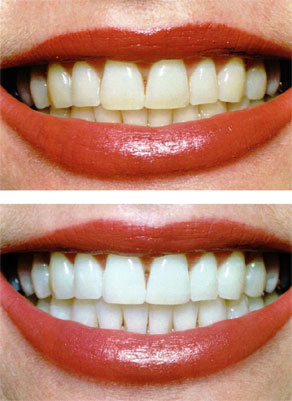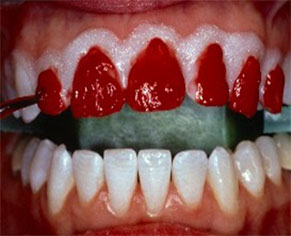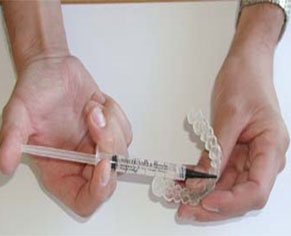
What is dental bleaching? Is it safe?
Dental bleaching refers to the process of restoring the natural tooth shade or whitening beyond natural tooth shade, making your teeth up to eight shades whiter. This method can only alter your teeth’s natural colour so it is important to know that if you have porcelain veneers, fillings or crowns, they cannot be whitened with bleach. Dental bleaching is a perfectly safe procedure, as long as it is supervised by a dentist.
When can I bleach my teeth?
Dental bleaching is among the most popular cosmetic dental procedures to treat teeth discoloration due to genetic reasons (amelogenesis imperfecta, i.e. stains genetically existing on the tooth’s enamel) or due to extrinsic reasons, involving smoking, excessive consumption of certain types of food and drinks, specific types of medication, trauma in a permanent tooth or a previous imperfect root canal treatment. Dental bleaching can also be performed to treat aesthetic problems.
How bleaching is done?
The technique we use in our office is a combination of in-home and in-office whitening. Firstly, the dentist will examine and then take impressions of your upper and lower teeth to make custom-made individual trays that fit you. During the second appointment, he will apply a substance that covers and protects the gums around the teeth and then he will place a whitening gel on your teeth for 40 minutes.
At the end of the session, the dentist will carefully remove the gel and the protective substance from the teeth and he will give you the mouthpiece and some whitening gel to use at home. At home, you will be wearing your trays, following your dentist’s instructions, for 4-8 hours. It is particularly important that the whitening gel will not be in contact with your gums. Therefore, you should pay attention to the amount of gel that you put in the tray and to the way you remove any excess product from your gums.


Should I avoid certain types of food & drinks?
During or after bleaching, smoking as well as consuming excessive amounts of coffee, tea, red wine, soft drinks containing color additives and other colourful food (cherries, red sauces, beetroots etc) should be avoided. If quitting smoking is very challenging for you, then try to cut it down and bear in mind the following two tips: 1) After smoking, rinse with a glass of water. 2) if you smoke during the day, try to do your in-home whitening after you smoke your last cigarette, before going to bed.

Can whitening toothpastes whiten my teeth?
Whitening toothpastes can't change the natural color of your teeth or lighten a stain that goes deeper than a tooth's surface. They contain more abrasive ingredients that just polish the surface of the teeth and help remove some surface stains caused by coffee, smoking, etc.


